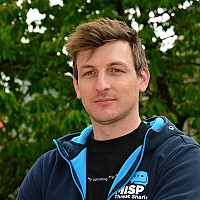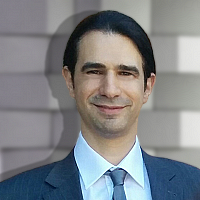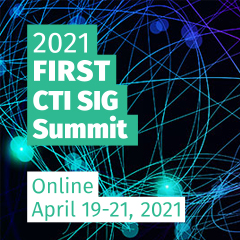Over the past 5 years, the term ‘fake news’ has become more and more common. Previously referred to as propaganda, or campaigns to influence the thoughts and perceptions of the masses, we now call the same thing ”active measures.”
Regardless of semantics, Influence Operations are very real and have existed for centuries; In the exact same way as nailing paper to a door or inventing the printing press, the Communications Revolution of the last half century has again forever changed the method used.
What has not changed however, is the strategic objectives of the latest incarnation of the Influencer. Beware of geeks bearing gifts… because of course the ’new’ factor is the geek. With the advent of social media, Influence Operations have acquired a new method of distribution, which is more dynamic, far reaching, and allows better targeting and highly accurate feedback. Although this method is indeed very powerful, it is not what IO is all about.
IO is way more than bots on social or mainstream media. Those operations are designed to influence human beings, not bots. While chasing Russian bots on Twitter and Facebook is relatively easy, it does little to deter the end goal of a IO campaign, especially since the objectives are difficult to infer. This makes counteracting an IO campaign and denying it’s objectives particularly difficult.
In this talk, the author tries to present the basics in communications theory, to make these concepts accessible to non-practitioners in the field.
The presenter will cover the two-step flow of information, gatekeeping, agenda-setting, priming, framing, spiral of silence, echo chambers, and cultivation, as well as the effects of some of the mental processes that these actions have.
This talk will stay away from political topics and current events as attitudes towards those topics may interfere with perception. Furthermore, there will be no guilt - i.e., attribution - assigned.
The talk is the geek version by a geek who endeavored in social sciences and communication. The hope is that it will make this field more understandable to geeks.
Krassimir Tzvetanov is a graduate student at Purdue University focusing his research on Threat Intelligence, Operational Security Research, and Social Media Influence Operations, in the cyber domain.
In the recent past Krassimir was a security architect at Fastly, a content delivery network (CDN) designed to accelerate content delivery as well as serve as a WAF and a shield against DDoS attacks. His current focus is on incident response and investigations, threat intelligence and security systems architecture.
In the past he worked for hardware vendors like Cisco and A10 focusing on threat research and information exchange, DDoS mitigation features, product security and security software development best practices. Before joining Cisco, Krassimir was Dedicated Paranoid (security) at Yahoo!, Inc. where he focused on designing and securing the edge infrastructure of the production network. Part of his duties included dealing with DDoS and abuse. Before Yahoo! Krassimir worked at Google, Inc. as an SRE for two mission critical systems, the ads database supporting all incoming revenue from ads and the global authentication system which served all of the company applications.
Krassimir is very active in the security research and investigation community, has a number of contributions to FIRST SIGs, as well as participates in the Honeynet Project.
In addition, Krassimir ran the BayThreat security conference and has contributed to a number of other events like DefCon, where he ran the Radio Communications group, and ShmooCon and DC650.
Krassimir holds Bachelors in Electrical Engineering (Communications) and Masters in Digital Forensics and Investigations.












